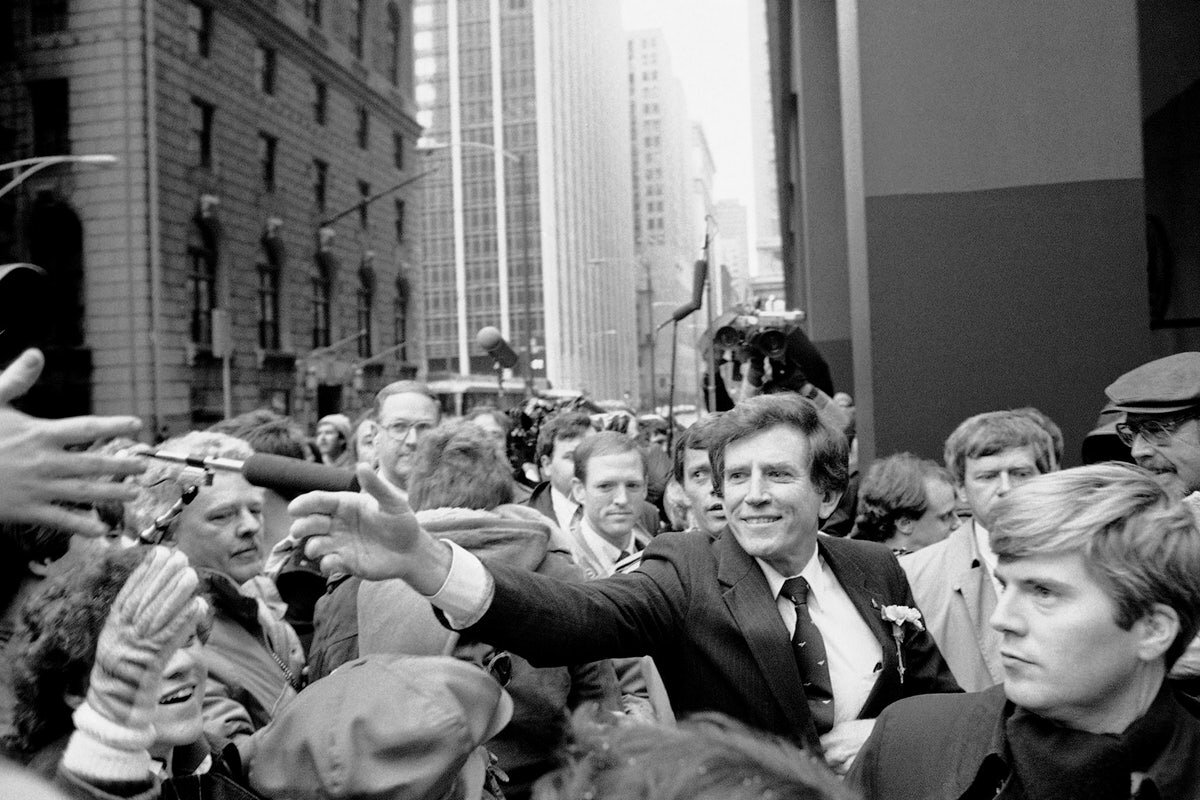This is a debate that will never be settled. Plenty has been written about how to define product/market fit. The consensus seems to be: (a) it’s generally easier to identify when you don’t have it, and (b) when you do, it’s hard to objectively point to why. It’s just a hunch. A feeling.
Marc Andreessen’s article from 2007, “The only thing that matters”, is probably the standard-bearer. He writes:
Product/market fit means being in a good market with a product that can satisfy that market.
You can always feel when product/market fit isn’t happening. The customers aren’t quite getting value out of the product, word of mouth isn’t spreading, usage isn’t growing that fast, press reviews are kind of “blah”, the sales cycle takes too long, and lots of deals never close.
And you can always feel product/market fit when it’s happening. The customers are buying the product just as fast as you can make it — or usage is growing just as fast as you can add more servers. Money from customers is piling up in your company checking account…
That’s as good as any I suppose.
But, let me point to another way of thinking about it, which comes from my good friend Nicolas Colin of The Family. Nicolas helps people identify when product/market fit is or isn’t happening in a rather unique way, by drawing on a historical narrative from politics.
In a 2017 article, “How to Tell if You’re Winning or Losing (The Secret Service Can Give You A Hint)”, Rick Bidder writes about his work on the 1984 U.S. Presidential campaign of then-Colorado Senator Gary Hart.
The story begins in February of that year, just prior to the Iowa and New Hampshire primaries. At the time, it felt as though the campaign was collapsing. Bidder was convinced they were in their final month. And then one day the phone rang. It was the U.S. Secret Service. They wanted to see Bidder and other senior campaign officials promptly the next morning. The Secret Service had a light detail on Hart already, and Bidder thought the point of the meeting was to reprimand his staff for not complying with Secret Service requests—“this would certainly be a full-blown dressing down.”
But what actually occurred that day was an entirely different matter. Bidder writes about his meeting with Agent Johnson from the U.S. Secret Service, as well as Pudge Henkel from the campaign:
Promptly at nine, Agent Johnson entered Pudge’s office. Before any of the Hart team could say a word, Agent Johnson stared directly at Pudge Henkel and began, “This campaign is about to take off, and you’re not ready for it.”
Silence as three jaws dropped to street level, two floors below. We could acknowledge the second half of the statement, but the first? Finally, I stammered, “And . . . just what makes you think that?”
Johnson looked at me. “People are coming up to Hart and want to touch him.”
“What?” Wilson asked.
“Look, “ Johnson said, “ I was in Iowa with Senator Hart three weeks ago, in mid-January, and there was nothing going on. But I was back there for the last four days. People are coming up to him. They want to touch him.” He stopped briefly to take a breath. “I have to keep people from pushing him and trying to get a piece of him. This is always the first indication that something significant is happening for your candidate.”
Silence.
Hart’s campaign eventually did fold, as he narrowly lost the Democratic nomination for President to Walter Mondale.
The article isn’t long, so go ahead and read the whole thing. It’s a fascinating way for conveying what product/market is—when people just have to get a piece of whatever it is you’re selling. That’s the best way to know if you’re onto something. Credit to Nicolas for making that connection. It’s brilliant.
Gary Hart with a crowd of supporters. Credit: Associated Press.


